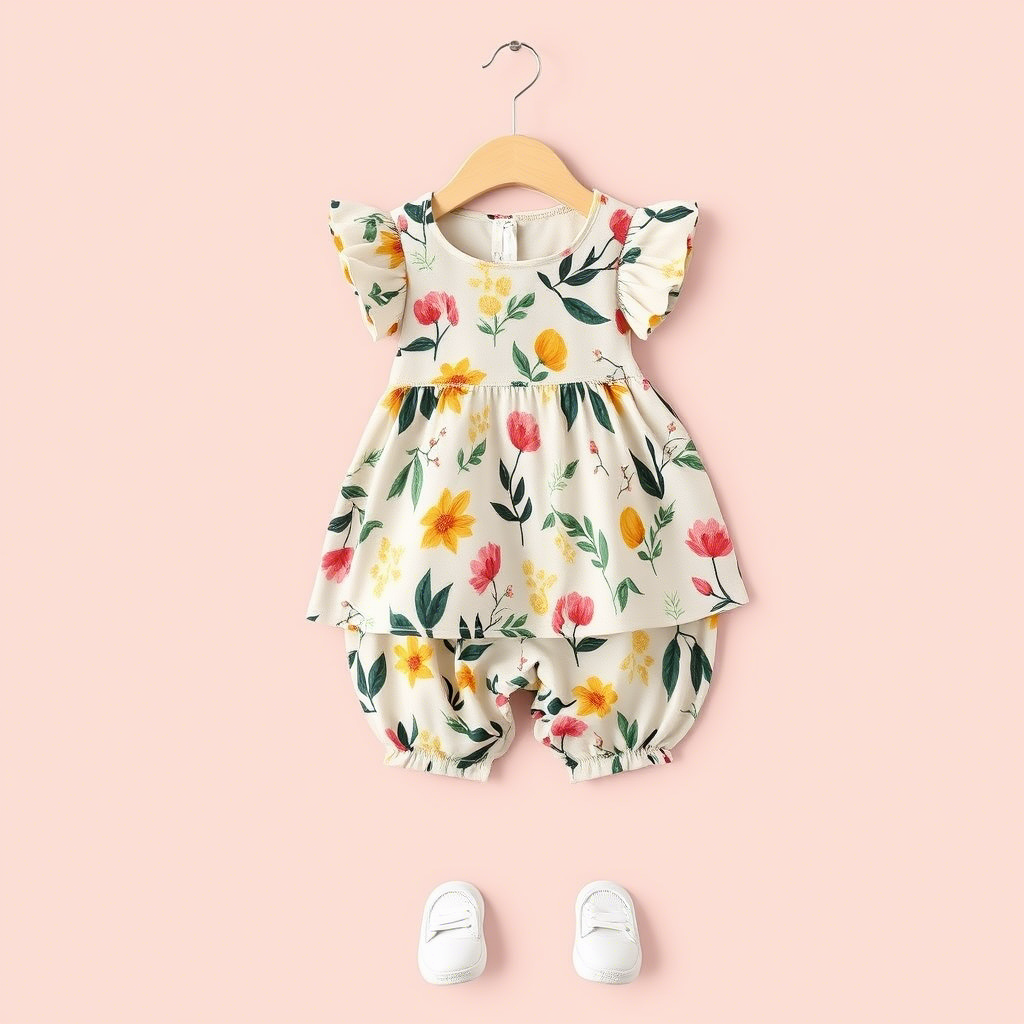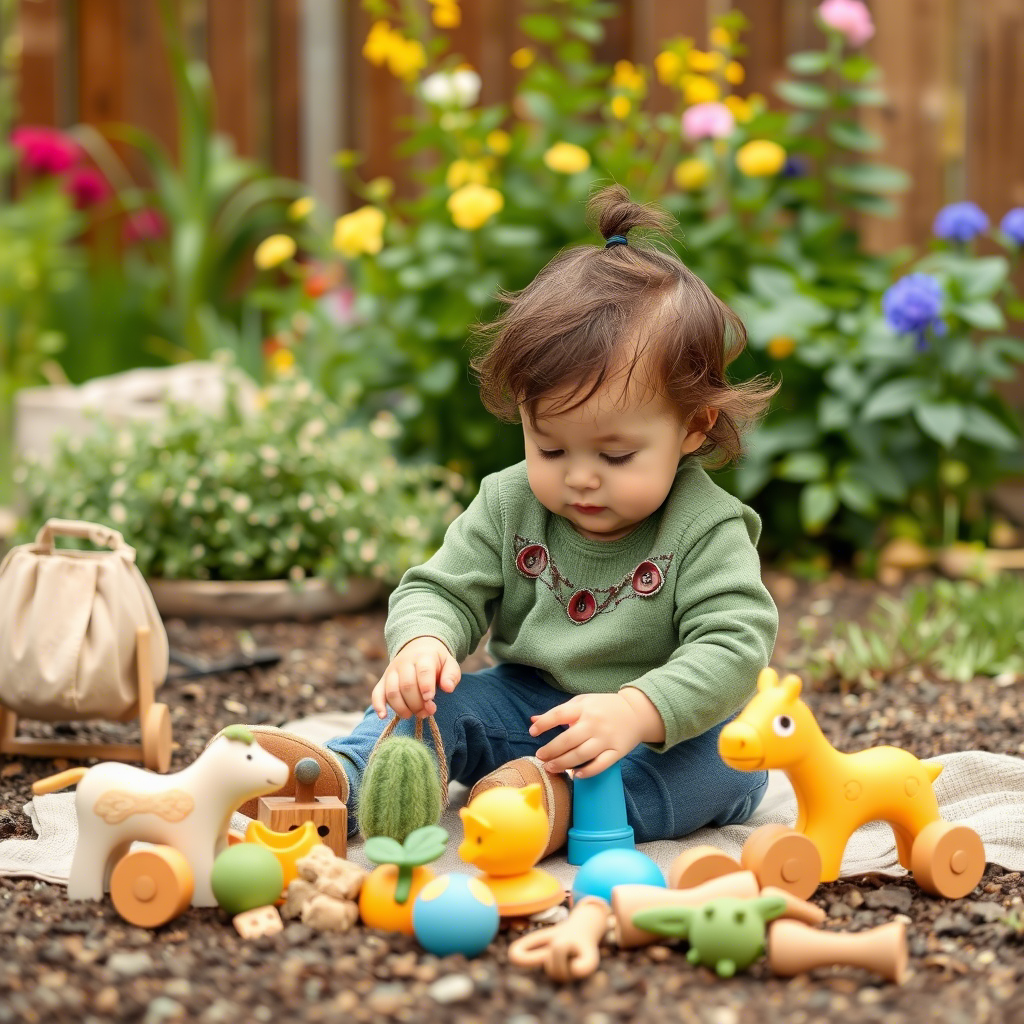Shop Sustainable Kids Clothing Online Eco Friendly Soft Fabrics For Little Adventures
The Importance of Sustainable Kids’ Clothing: A Guide for Parents
As parents, we’re constantly looking for ways to provide the best for our children, from the food they eat to the clothes they wear. In recent years, the importance of sustainability has become increasingly evident, and the clothing industry is no exception. The production and disposal of children’s clothing have significant environmental impacts, making it crucial for parents to consider eco-friendly options. Sustainable kids’ clothing is not only better for the planet, but it also promotes healthier lifestyles for our children. In this article, we’ll explore the benefits of sustainable kids’ clothing, how to identify eco-friendly brands, and practical tips for making a positive impact.
Benefits of Sustainable Kids’ Clothing
Sustainable kids’ clothing offers numerous benefits, from reducing environmental waste to promoting healthier skin for children. Here are some key advantages:
Environmental Benefits
- Reduces the amount of waste sent to landfills, as sustainable clothing is often designed to be recycled or biodegradable.
- Uses eco-friendly materials that require less water and pesticides, thus minimizing the environmental footprint.
- Encourages a culture of sustainability from a young age, teaching children the importance of caring for the planet.
 For instance, brands like Lezon Kids are pioneering the shift towards sustainable kids’ clothing by using organic materials and environmentally friendly production methods. Their commitment to sustainability is evident in their designs, such as the little explorer in the forest, showcasing how fashion and eco-friendliness can go hand in hand.
For instance, brands like Lezon Kids are pioneering the shift towards sustainable kids’ clothing by using organic materials and environmentally friendly production methods. Their commitment to sustainability is evident in their designs, such as the little explorer in the forest, showcasing how fashion and eco-friendliness can go hand in hand.
Health Benefits for Children
- Sustainable clothing is often made from natural fibers that are gentle on children’s sensitive skin, reducing the risk of allergic reactions.
- Avoids the use of harmful chemicals and dyes commonly found in fast fashion, creating a healthier wearing experience.
- Promotes comfort and durability, ensuring that the clothing lasts longer and provides value for money.
Identifying Eco-Friendly Kids’ Clothing Brands
With the rise of greenwashing, it’s becoming increasingly challenging to identify genuinely eco-friendly brands. Here are some tips:
Look for Certifications
- Certifications like GOTS (Global Organic Textile Standard) and Oeko-Tex ensure that the clothing meets certain environmental and health standards.
- Research the brand’s supply chain transparency and manufacturing processes.
Sustainable Materials
- Opt for clothing made from organic cotton, recycled materials, or plant-based textiles.
- Consider the durability and recyclability of the clothing.
 For example, Lezon Kids’ children’s clothing range features soft fabric outfits with nature-inspired prints, made from sustainable materials that are perfect for outdoor adventures.
For example, Lezon Kids’ children’s clothing range features soft fabric outfits with nature-inspired prints, made from sustainable materials that are perfect for outdoor adventures.
Practical Tips for Parents
Making the switch to sustainable kids’ clothing is easier than you think. Here are some practical tips:
Start with Small Changes
- Begin by replacing a few essential items with sustainable alternatives.
- Gradually build up your sustainable wardrobe over time.
Care for Clothing Properly
- Wash clothes in cold water to reduce energy consumption.
- Avoid using fabric softeners or bleach, which can harm the environment.
Engage Your Children
- Teach your children about the importance of sustainability and involve them in the process of choosing eco-friendly clothing.
- Encourage them to care for their clothes and understand the value of durability.
 By adopting these practices, parents can significantly reduce their environmental footprint while promoting a healthier lifestyle for their children. For more inspiration, explore Lezon Kids’ range of sustainable clothing for toddlers and babies, designed to be both adorable and eco-friendly.
By adopting these practices, parents can significantly reduce their environmental footprint while promoting a healthier lifestyle for their children. For more inspiration, explore Lezon Kids’ range of sustainable clothing for toddlers and babies, designed to be both adorable and eco-friendly.
Challenges and Opportunities
While there’s a growing demand for sustainable kids’ clothing, there are still challenges to overcome, such as higher production costs and limited accessibility. However, these challenges also present opportunities for innovation and growth in the sustainable fashion industry.
Innovation in Materials
- Developing new sustainable materials that are both affordable and accessible.
- Investing in recycling technologies to reduce waste.
Accessibility and Affordability
- Making sustainable clothing more affordable through efficient production methods.
- Increasing accessibility through online platforms and wider distribution channels.
Conclusion
Sustainable kids’ clothing is more than just a trend; it’s a necessary step towards a healthier planet and healthier children. By understanding the benefits, identifying eco-friendly brands, and making practical changes, parents can play a significant role in promoting sustainability. As we move forward, it’s crucial to continue innovating and making sustainable choices accessible to all. By choosing sustainable kids’ clothing, we’re not only dressing our children in comfort and style, but we’re also teaching them the value of caring for our planet.
